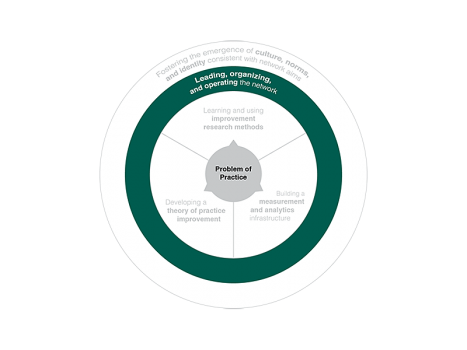Educational inequity is a persistent problem that decades of research studies and policy reforms have yet to solve. To effectively tackle such a complex issue, individual programs and piecemeal remedies are not enough to make lasting and meaningful change.
In “Quality and Equality in American Education: Systemic Problems, Systemic Solutions,” Jennifer O’Day and Carnegie Foundation Senior Fellow Marshall (Mike) Smith explore how the field might understand and address the underlying systems that result in disparate educational outcomes. Central to O’Day and Smith’s proposal for a high-quality school system is a continuous improvement approach embedded within all levels of the system itself. Improvement science can help the field better understand why educational disparities are perpetuated and how to make structural changes to improve outcomes for all students.
“Quality and Equality in American Education: Systemic Problems, Systemic Solutions” appears in the 2016 ETS publication The Dynamics of Opportunity in America: Evidence and Perspectives.
February 4, 2016
This third post of our series on networked improvement community (NIC) initiation focuses on how to organize and lead a NIC to maximize individual engagement, while ensuring individual work is related to the shared aim.
February 17, 2016
In the fourth post in our series on initiating networked improvement communities, we explore how the National Board for Professional Teaching Standards focused on building a culture of improvement.







